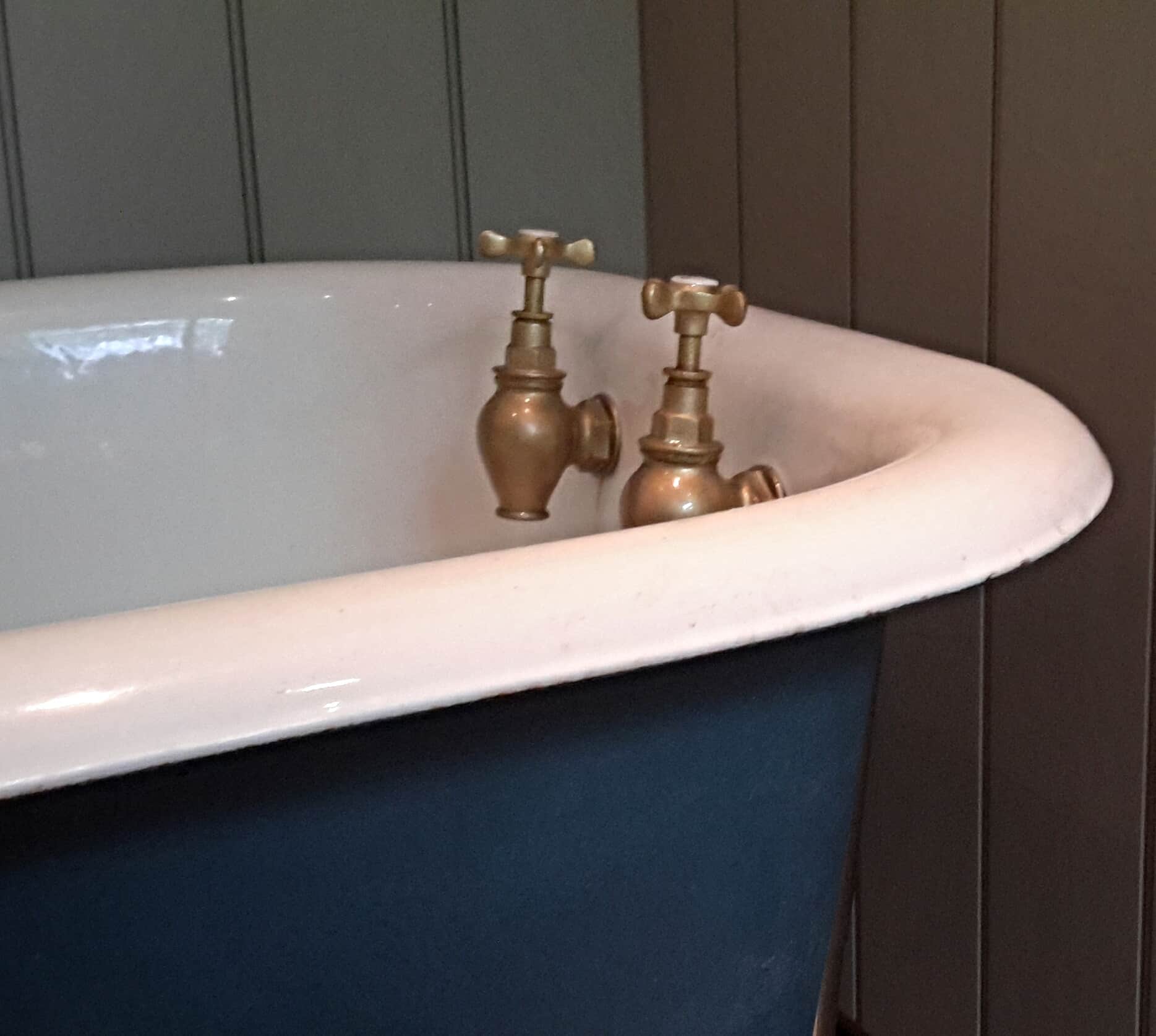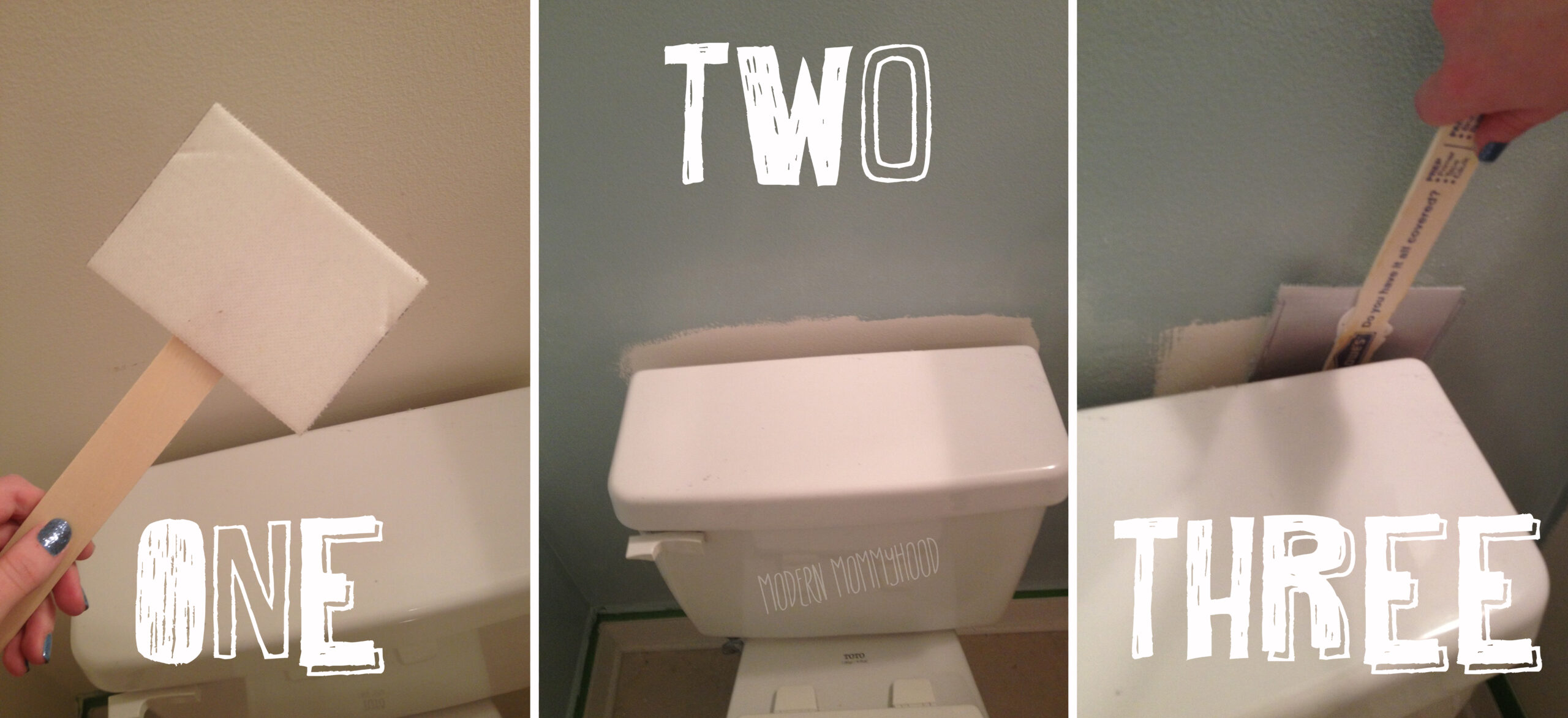Understanding the Benefits and Challenges of Exterior Paint in Bathrooms

Using exterior paint in bathrooms might sound unusual, but it’s a growing trend, especially for those seeking a durable and moisture-resistant finish. This type of paint is formulated to withstand harsh weather conditions, making it a suitable choice for areas exposed to moisture and humidity.
Benefits of Exterior Paint in Bathrooms
Exterior paint offers several advantages over traditional bathroom paints, making it a compelling option for your bathroom makeover.
- Superior Moisture Resistance: Exterior paint is designed to withstand rain, snow, and humidity, making it ideal for environments like bathrooms where moisture is prevalent. This resistance prevents mold and mildew growth, keeping your bathroom clean and fresh.
- Enhanced Durability: Exterior paints are formulated to withstand harsh weather conditions, including UV rays and temperature fluctuations. This translates to a more durable finish that can resist scratches, chips, and fading, making it a long-lasting solution for your bathroom walls.
- Wider Color Palette: Exterior paints offer a broader range of colors compared to traditional bathroom paints. This allows you to create a more personalized and vibrant bathroom space that reflects your unique style.
Challenges of Exterior Paint in Bathrooms
While exterior paint offers numerous benefits, there are some challenges to consider before applying it in your bathroom.
- Potential for Fading: Exterior paint, while durable, can fade over time due to prolonged exposure to sunlight and humidity. This fading is more pronounced in bathrooms with windows that receive direct sunlight.
- Limited Flexibility: Exterior paints are typically less flexible than traditional bathroom paints. This can be a concern in areas where the walls might expand or contract due to moisture fluctuations, potentially leading to cracking or peeling.
Comparison of Exterior Paint to Traditional Bathroom Paints
When choosing between exterior paint and traditional bathroom paint, it’s essential to understand their differences and make an informed decision based on your specific needs.
- Lifespan: Exterior paints generally have a longer lifespan than traditional bathroom paints. They can last up to 10 years or more with proper maintenance, while bathroom paints may need to be repainted every 5-7 years.
- Performance: Exterior paints are designed for high-moisture environments, making them more resistant to mold, mildew, and moisture damage than traditional bathroom paints. However, traditional bathroom paints are often more flexible and less prone to cracking or peeling.
- Cost: Exterior paints are typically more expensive than traditional bathroom paints. However, their longer lifespan and superior performance can offset the initial cost in the long run.
Choosing the Right Exterior Paint for Your Bathroom
Picking the right exterior paint for your bathroom is crucial for a long-lasting, beautiful finish. You’ll need to consider factors like the type of surface you’re painting, the level of moisture, and the desired look.
Types of Exterior Paint
Choosing the right type of paint is essential for ensuring your bathroom’s exterior looks its best and lasts for years to come. Here are the most common types of exterior paint:
- Acrylic Paint: Acrylic paint is a popular choice for exterior surfaces due to its durability, flexibility, and water resistance. It dries quickly and cleans up easily with water, making it a user-friendly option.
- Latex Paint: Latex paint is another water-based option known for its breathability and resistance to mildew. It’s a good choice for areas prone to moisture, like bathrooms.
- Oil-Based Paint: Oil-based paint is known for its durability and high gloss finish. It’s a good choice for surfaces that require a tough, protective coating, but it takes longer to dry and requires mineral spirits for cleanup.
Choosing the Right Paint Finish
The finish of your paint can significantly impact the overall look and feel of your bathroom’s exterior. Here’s a guide to selecting the appropriate finish for different surfaces:
- Walls: For bathroom walls, a matte or eggshell finish is a good choice as it helps to hide imperfections and reflects less light.
- Ceilings: A flat or satin finish is ideal for ceilings, as it helps to create a clean and seamless look.
- Trim: A semi-gloss or gloss finish is often preferred for trim, as it provides a durable, easy-to-clean surface.
Considering Ventilation and Moisture Levels
When choosing paint for your bathroom, it’s important to consider the level of ventilation and moisture in the space. High humidity and poor ventilation can lead to mildew growth and paint damage.
Choosing a paint with mildewcide and ensuring adequate ventilation is crucial for a long-lasting finish.
Applying Exterior Paint in Bathrooms

Painting your bathroom with exterior paint can be a great way to add durability and moisture resistance. However, it’s important to do it right to ensure a long-lasting and beautiful finish. This guide will walk you through the process, from preparation to application, so you can achieve a professional-looking result.
Preparation, Exterior paint in bathroom
Before you start painting, you need to prepare the surface. This involves cleaning, sanding, and patching any cracks or holes.
- Remove any loose paint, dirt, or grime with a damp cloth or sponge. Use a mild detergent if needed.
- Sand the surface to create a smooth finish. Use fine-grit sandpaper for minor imperfections and medium-grit sandpaper for rough areas.
- Fill any cracks or holes with caulk or patching compound. Allow it to dry completely before sanding.
Once the surface is prepped, you can apply primer. This will help the paint adhere better and provide a more even finish.
Application
Now, it’s time to apply the exterior paint. Choose a roller with a nap appropriate for the surface you’re painting. For smooth surfaces, a short-nap roller is best. For textured surfaces, a longer-nap roller is recommended.
- Start by painting the edges and corners with a brush. This will help you get a clean line and avoid streaks.
- Roll the paint on in long, even strokes, overlapping each stroke by about half the width of the roller.
- Apply thin coats of paint. It’s better to apply multiple thin coats than one thick coat. This will help the paint dry evenly and prevent drips.
It’s crucial to use a high-quality exterior paint designed for bathrooms. This type of paint is formulated to resist moisture, mildew, and fading.
Drying Time
Allow the paint to dry completely between coats. The drying time will vary depending on the type of paint and the temperature and humidity of the room. Most exterior paints take about 24 hours to dry completely.
- Ensure proper ventilation while the paint is drying. This will help prevent moisture buildup and allow the paint to cure properly.
- Avoid using the bathroom until the paint is completely dry. This will prevent damage to the finish and ensure a long-lasting result.
